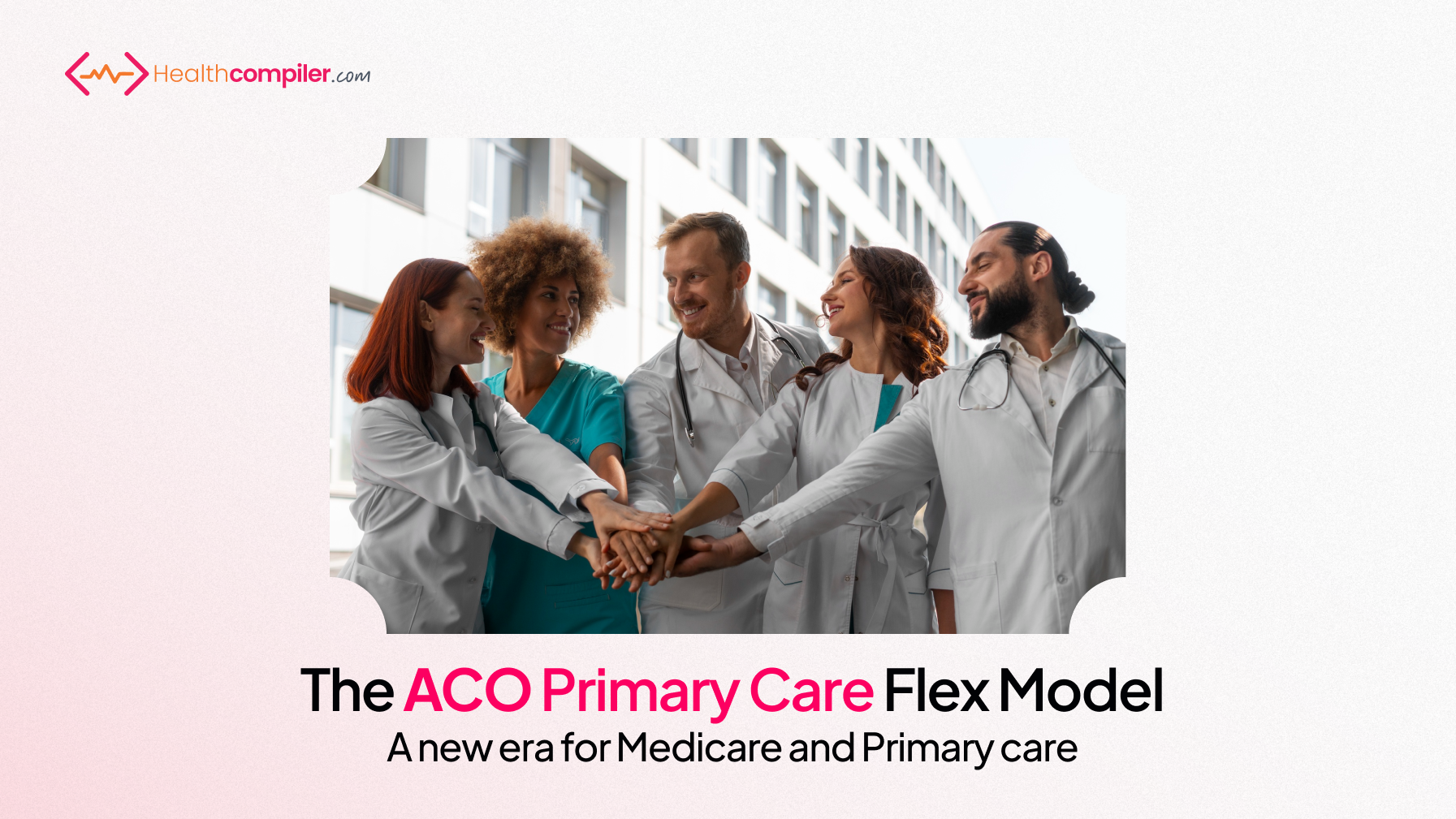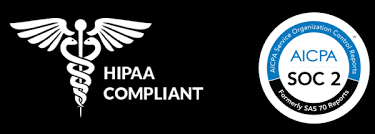The ACO Primary Care Flex Model: A New Era for Medicare and Primary Care

The Biden-Harris Administration has introduced the ACO Primary Care Flex Model, an innovative initiative designed to enhance primary care, reduce healthcare costs, and improve access for underserved Medicare populations. This model represents a significant shift in how primary care is delivered, focusing on personalized and preventative care while providing financial support to primary care providers.
Understanding the ACO Primary Care Flex Model
The ACO Primary Care Flex Model is a part of the broader effort to reform healthcare and make it more efficient and patient-centered. Accountable Care Organizations (ACOs) are groups of doctors, hospitals, and other healthcare providers who come together voluntarily to provide coordinated high-quality care to their Medicare patients. The primary goal of this model is to ensure that patients, especially those with complex health needs, receive the right care at the right time, while avoiding unnecessary duplication of services and preventing medical errors.
This model introduces a new level of flexibility for primary care providers within the ACO framework. It allows for more personalized care plans, greater use of technology, and improved coordination among healthcare providers. The financial incentives tied to this model encourage providers to focus on quality rather than quantity of care, aligning their financial interests with patient health outcomes.
Impact on Direct Primary Care
Direct Primary Care (DPC) practices operate on a different model, typically outside of traditional insurance frameworks. DPC providers charge patients a monthly membership fee, which covers a range of primary care services. This model emphasizes a strong patient-provider relationship, with a focus on accessibility and preventive care.
While the ACO Primary Care Flex Model aims to improve care for Medicare beneficiaries, its impact on DPC practices is limited. DPC providers continue to serve a broader patient base, including those who are not Medicare beneficiaries. The flexibility and financial support offered by the ACO model may encourage more traditional primary care providers to adopt some DPC-like practices, such as extended patient visits and enhanced care coordination. However, DPC remains distinct in its independence from government funding and its broader applicability to patients of all ages and insurance statuses.
The Future of Primary Care
The introduction of the ACO Primary Care Flex Model is a positive step towards a more efficient and patient-centered healthcare system. By supporting primary care providers and focusing on high-quality, coordinated care, this model has the potential to significantly improve health outcomes for Medicare patients. At the same time, the principles of personalized care and strong patient-provider relationships that are central to DPC can serve as a model for broader healthcare reforms.
As healthcare continues to evolve, the lines between different care models may blur, with elements of ACOs, DPC, and other innovative approaches merging to create a more cohesive and effective healthcare system. For now, the ACO Primary Care Flex Model represents a promising advancement in the quest to provide high-quality care to all patients, particularly those who are most in need.
Know more about ACO Utilization & Cost Evaluation: Healthcompiler.com/aco-utilization
Reference:



